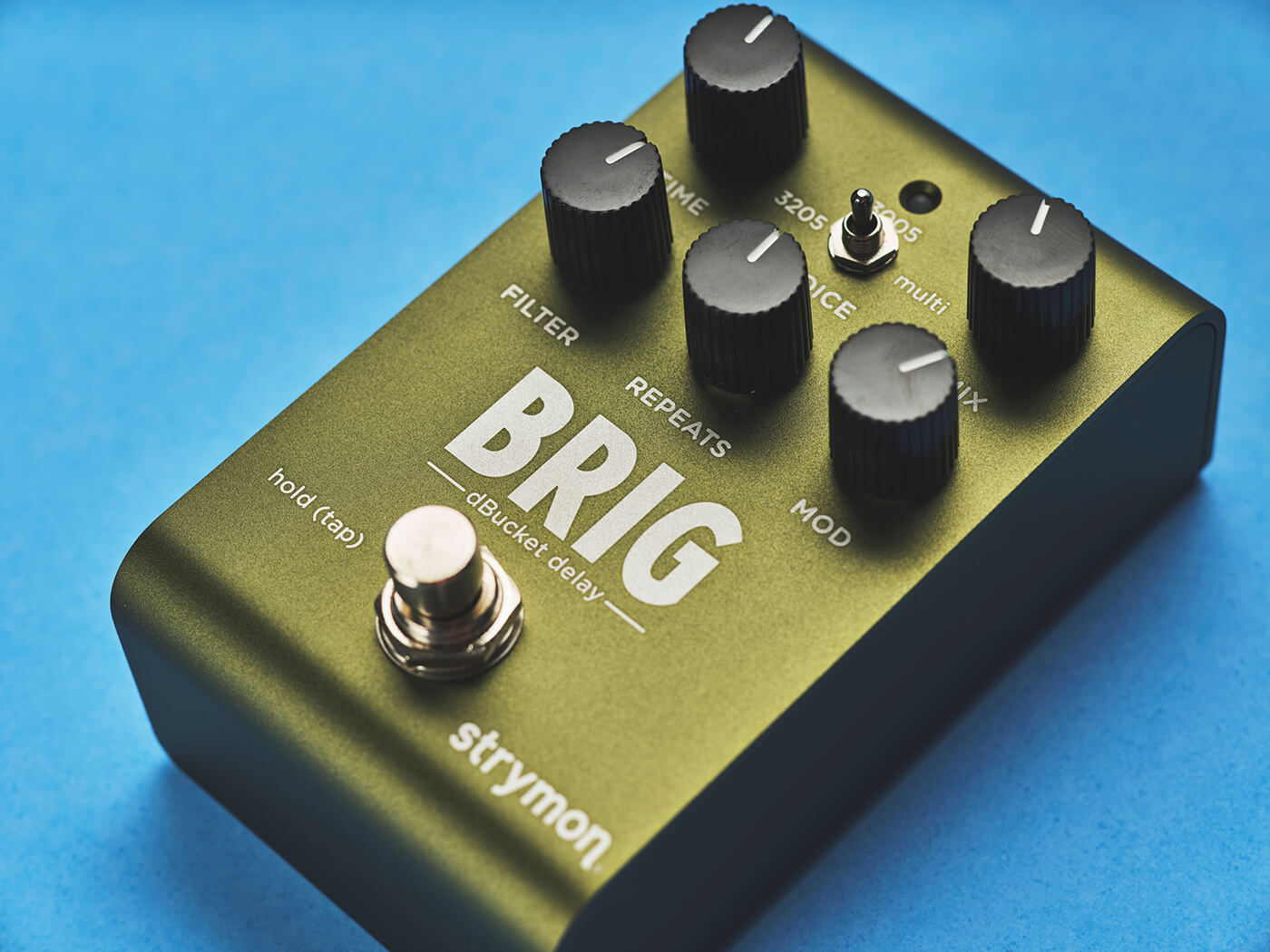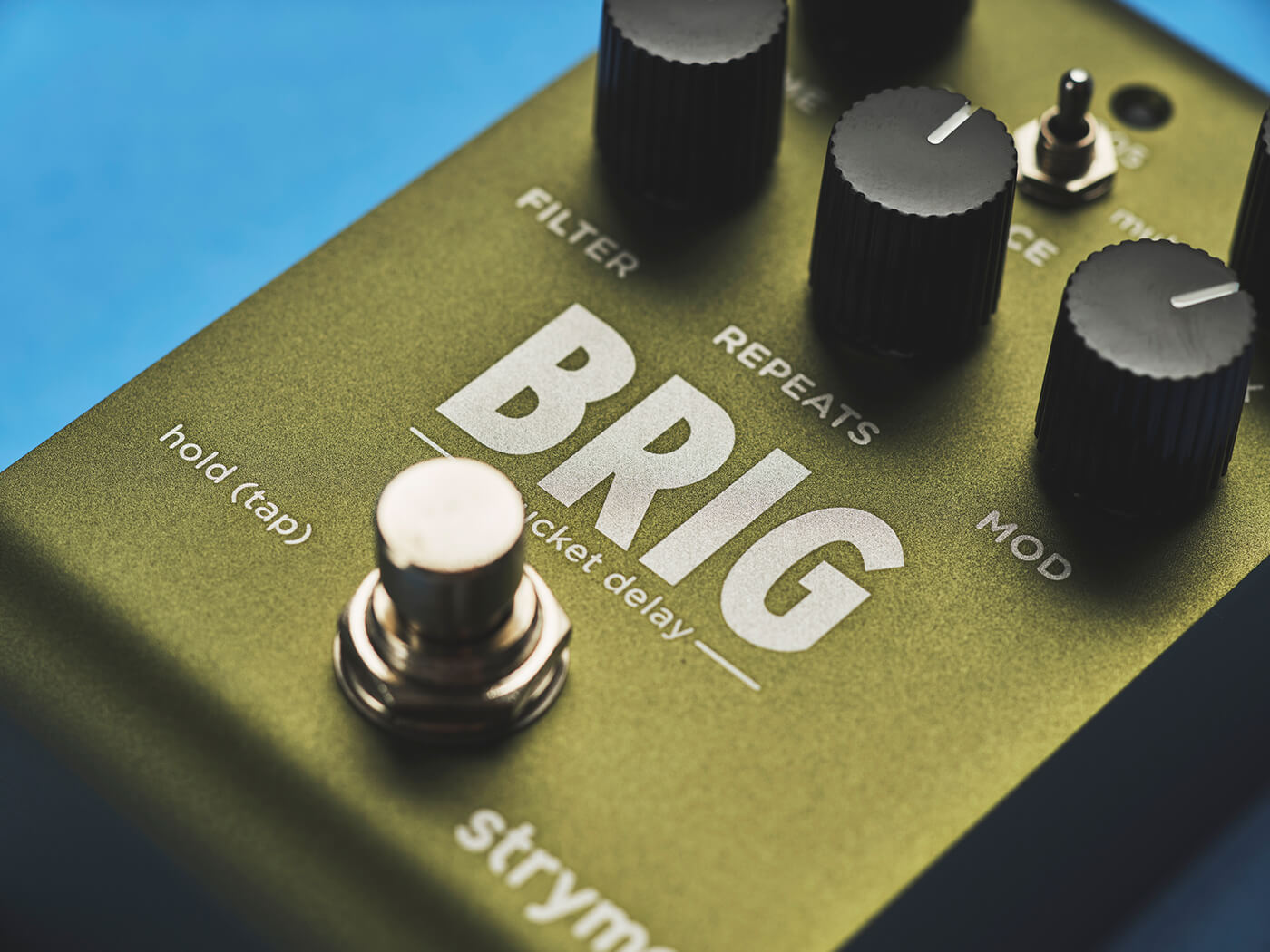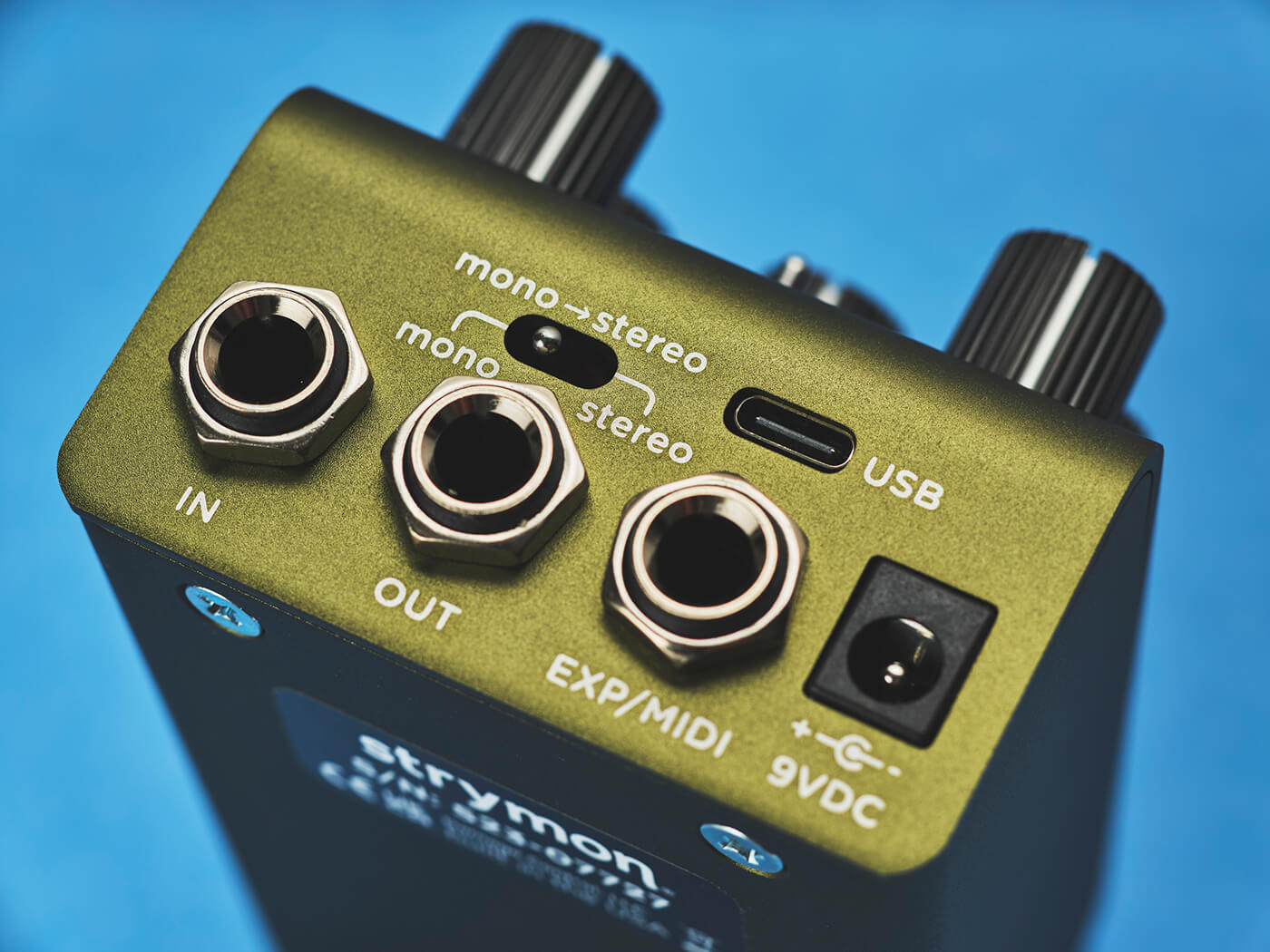Strymon Brig review: kicking the bucket in a digital realm
Strymon’s new compact form factor gets a second stompbox in the shape of this analogue-emulating delay – time to leave the DMM at home?

Strymon Brig. Image: Adam Gasson
Review Overview
Our rating
9
Our verdict
$259/£259, strymon.com
Back in February, Strymon’s Cloudburst was more than just the most hyped reverb pedal of 2023 – it ushered in a new and more compact form factor for the US boutique effects giant to get creative with. It’s therefore perhaps not a surprise that the brand’s next release is a delay pedal that makes use of this slimmed-down enclosure – say goodbye to the Brigadier and hello to the cutely-named, Brig.
The Brigadier, for those of you not up on your Strymon history, was Strymon’s attempt to utilise the full power of a SHARC DSP processor to create an authentic digital emulation of analog bucket brigade delays. The ‘dBucket’ algorithm as Strymon called it, was designed to emulate every idiosyncratic facet of BBD chips in a more stable and replicable way – and a version of it can also be found on the company’s big-box flagship TimeLine delay.
The Brig is both the Brigadier’s little brother and its successor – cramming that dBucket algorithm into a smaller and more affordable form factor. More affordable is the word, because rest assured this is still a Strymon pedal and so comes with a premium price tag, but it’s more affordable than the pedal it replaces.
A compact case doesn’t necessarily mean you’re missing out on features either – in fact the Brig offers an impressive number of quality-of-life updates.
Unlike the Brigadier, which simply offers various repeat durations via its mode switch, the Brig instead gives you the option to select between three of the most revered analogue delay circuits.

To start we get the 3205 mode – a digital emulation of a single Panasonic MN3205 used in pedals like the Boss DM2. So, If you’re trying to channel Purple Rain-era Prince this may be your ideal setting.
The 3005 mode is based on a dual bucket brigade circuit reminiscent of a vintage Deluxe Memory Man. Unlike the vintage version of that pedal, this results in a much longer delay time with more transparent-sounding repeats. Think The Edge on Joshua Tree or Linkin Park’s Brad Delson on Minutes To Midnight.
Something entirely unique to Brig is the Multi mode, It uses two cross-coupled, virtual BBD chips with golden ratio timing resulting in some truly experimental repeats that would be perfectly at home on a Radiohead album. All three settings have different delay times which would accurately represent a real-world version of the circuit.
These quality of life updates I mentioned include the same Class A JFET preamp input that we saw on the V2 Strymon pedals, plus a low impedance TRS stereo output; TRS MIDI/Expression input and MIDI integration via TRS and USB-C.

In Use
There’s something about analogue delay that just screams offset guitar, so I reach for my Fender Vintera II Jazzmaster and plug into my Fender ’65 Deluxe Reverb reissue. The 3205 mode seems like a sensible place to start, and it doesn’t disappoint – as I crank up the repeats coupled with the shorter delay time my ears are greeted with a tone that’s pure Out Of My Mind John Mayer.
Switching to the 3005 mode, I immediately become enamoured by the longer delay time, which lends itself to the shoegaze-laden textures of Infinite Granite era Deafheaven. With the modulation control turned up, and there’s that Deluxe Memory Man sound – even with a Jazzmaster it’s pure Edge in the best way.
But it turns out that the Multi mode is actually the most creatively inspiring of the three settings. The complex rhythmic repeats help the Brig lend itself to any user looking to create the ambient textures of Ed O’Brien or the percussive sounds of Minus The Bear’s Dave Knudson. This mode is the secret sauce of this pedal – take the washiness of reverb but think percussive delay, and you’ll get an idea of what this mode can do.

Given that they are the first two pedals of a new range, it stands to reason that the Brig would play well with the Cloudburst, but I’m unprepared for just how magical the pair sound together. It reminds me of the lush ambience of the classic TimeLine and BigSky combo that makes those pedals such stables of boards all over the world – but at a fraction of the cost.
The only thing you might need to invest in is a separate footswitch – without it, the limitations of just having one switch that controls tap tempo (hold to activate) and bypass is a bit fiddly, and it’s really the only area where we miss the larger form factor.
Ultimately though, the Brig is a more than worthy successor to the Brigadier. Arguably its smaller footprint and new features make it even better, while still offering some of the very best-sounding bucket brigade-style delays I’ve had the joy of playing. Whereas some single-function pedals don’t always offer much tonal variety, each mode here is easily distinct and usable, and paired with the Cloudburst it’s truly a tonal wonder.
If you’ve looked enviously at those with Strymon-loaded boards but haven’t had the budget to take the plunge, this is a great gateway to that Strymon delay sound without spending TimeLine money. Equally, if you appreciate the classic BBD circuit, but aren’t so hot on the prices of the vintage originals, this is by far your best entry point.

